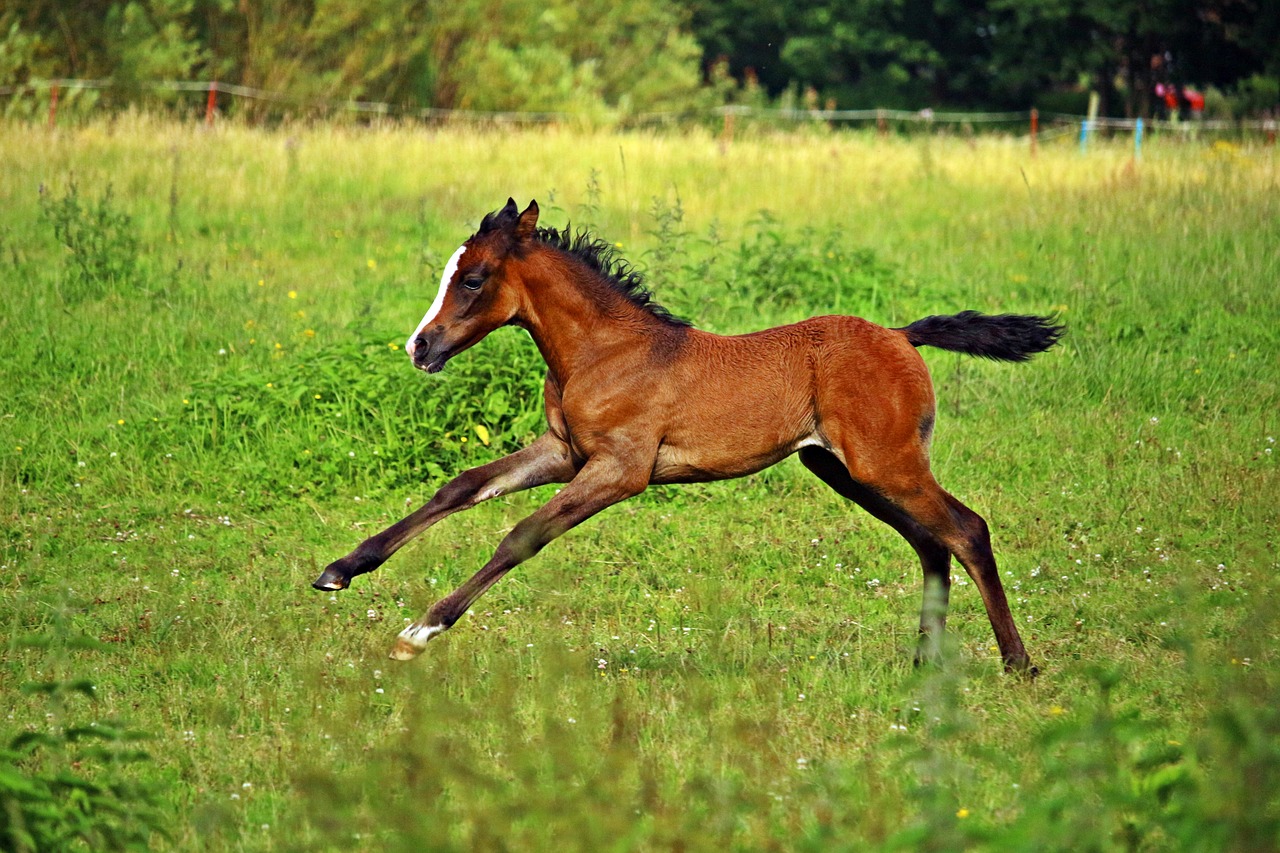Health & Education
We all want the best care possible for our horses. The Heath & Education section covers both Learning Institutions, Organizations as well as many sources for equine assistance including Veterinarians and Farriers.
For those who want a to formally study horses, the Education section includes College Riding, Equine Studies, and Veterinary Schools. Learn about the wide variety of horses in the Horse Breeds section. Supplements and Treatments Therapy are also included in the section.
Everyone can learn from Fine Art and there are some specialty Museums that might surprise you.
Horses as a therapy partner enrich the lives of the disabled. These facilities are listed in our Therapeutic Riding section. To help children and young adults build confidence and grow emotionally, please see the resources available on the Youth Outreach page.
Looking for a place to keep your horse? You can find it in the Horse Boarding section. Traveling? Find a Shipping company or Horse Sitting service if your horse is staying home!
Want to stay up to date with the latest training clinics or professional conferences? Take a look at our Calendar of Events for Health & Education for the dates and locations of upcoming events.
Do we need to add more? Please use the useful feedback link and let us know!

Courtesy of Damrock Farm
Today, I am going to talk about twin pregnancies and why responsible breeders do not let them continue past 14-16 days post breeding. We had three mares bred this year and that we ended up with three sets of twins. Some might say we hit the jackpot, 6 for the price of 3. But no, it's the furthest thing from the jackpot that is possible as far as I am concerned. And, I'm going to tell you why after receiving a couple of messages asking why we don't just let the mare have twins.
We got lucky on the first two twin reductions, keeping the second foal. Not so with the third. Our mare, Mula, did as we feared and aborted the second foal along with the one we were trying to remove. Not a surprise, but definitely a disappointment. They were just too close not to damage both in the quest to remove only one.
For those of you who are questioning why we don't leave well enough alone, here are the facts. Mares are not made to carry two babies, plain and simple. It's VERY rarely successful. Sure, you occasionally see pictures of cute twin babies that the owners did not know were there and were born healthy enough to stay alive. In most cases, they only stay alive with lots of extra care and huge financial investment. In reality, the numbers of twins who survive to get their pictures plastered all over Facebook is only a small percentage of those who are produced. In most cases, either one or both foals will die, despite heroic measures. It is also extremely risky for a mare to try and deliver twin foals, putting her own life, as well as the foals, at high risk.
The answer is to reduce the pregnancy to one viable fetus, leading to one healthy foal and a normal delivery for the mare carrying it. Is reduction a perfect science? Absolutely not. Should it be done? In my opinion, absolutely yes! Most times, if a mare gets pregnant with twins and it's either not discovered or the owner elects to try to "let nature take its course" both foals will be aborted naturally by the mare, hopefully before they are big enough to injure the mare in the process. If they survive until normal delivery time, usually one or both of the foals will die and the mare is at great risk of death or serious injury herself trying to deliver them.
In today's episode, Dr. Colton Thacker shares his knowledge of ultrasound and imaging. Dr. Thacker will discuss his experiences working at yearling sales and how he uses his expertise in imaging to evaluate potential purchases for his clients. He will also share his insights regarding the value of imaging during lameness exams and how ultrasound can help pinpoint the root cause of lameness in horses.
- Infection Disease Control tips for Horse Farms - Dr. Scott Weese (15:62)
- Why the Sudden Behavior Change in My Horse?
- Hydrolyzable Carbohydrates and the Metabolic Horse
- Rood & Riddle Stallside Podcast - 0:03 / 27:14 • Intro The Most Interesting Guest so Far with Dr Bart Barber - Episode 50!
- Catching the Horse in a Paddock with Teresa Kackert (5:29)
- Equine Guelph Declares February Colic Prevention Education Month
- The History Of Equine Slaughter In The United States (Part 2 In A Series)
- Rood & Riddle Stallside Podcast - The PET Scan, Old Technology, New Applications with Dr Katie Garrett and Dr Jose Bras (33:01)
- To Shoe or Not to Shoe? An Excerpt from Shoeing the Modern Horse
- Rood & Riddle Stallside Podcast - The Time is Right for Your Barren Mare’s Check up with Dr Pete Sheerin (37:37)
- Ten Tips for Lunging Your Horse
- 5 Tips to Help You Train Your Horse
- Stem Cells Under Investigation as a Possible Future Treatment for Equine Asthma
- Fitness for the Pregnant Rider - an excerpt from "Ultimate Exercise Routines for Riders"
- Published: Canagliflozin for Control of Refractory Equine Hyperinsulinemia and Laminitis
- Building Your Horse’s Confidence
- Help Nix the Culex Mosquito that Transmits 3 of 5 Core Equine Diseases
- Communication Between Human and Horse
- Research into Development of the Foal’s Gut Could Advance Treatment of Critical Cases of Diarrhea
- Mosquitoes Undeterred by Drought – 4 Tips to Protect Your Horse

































